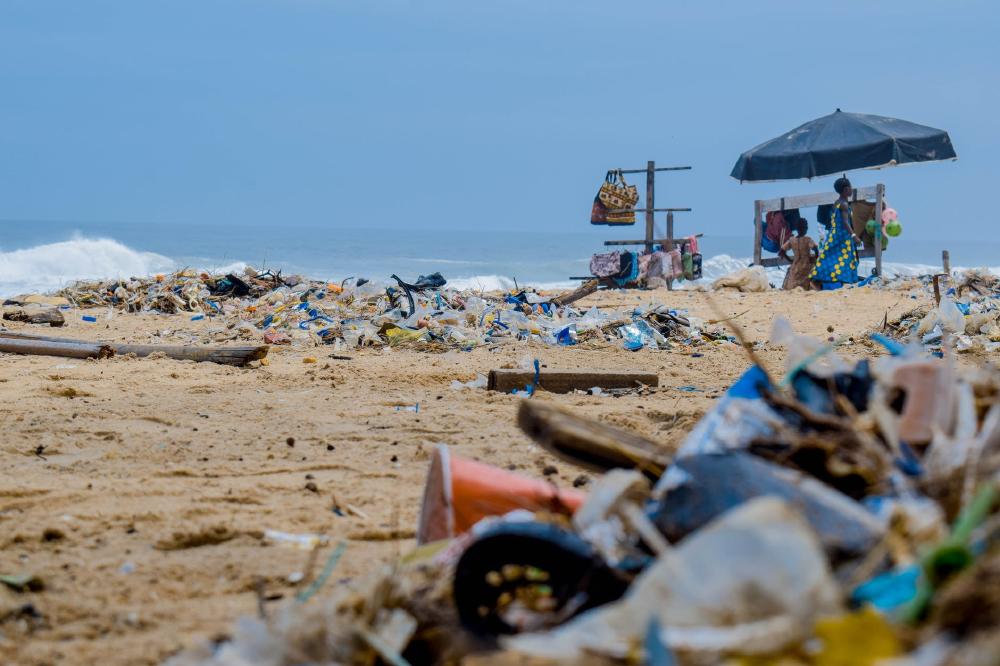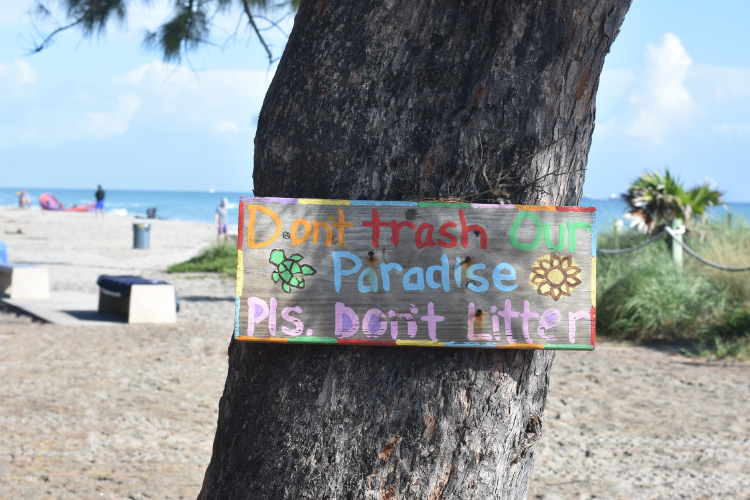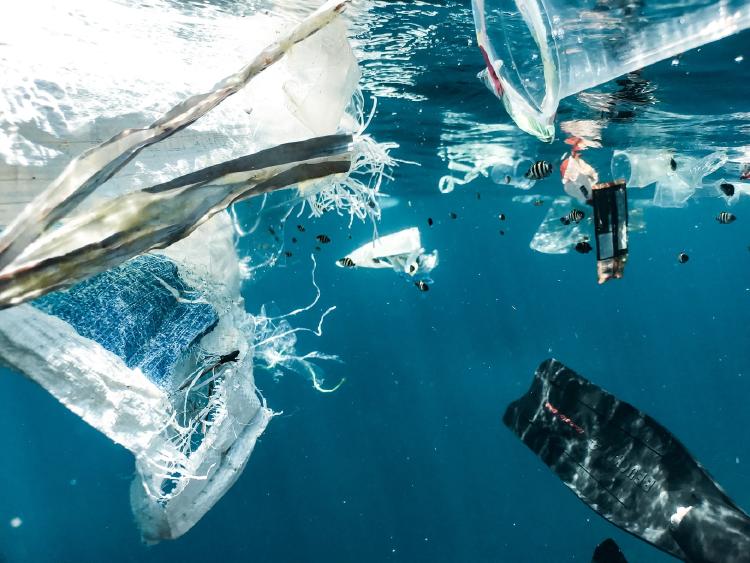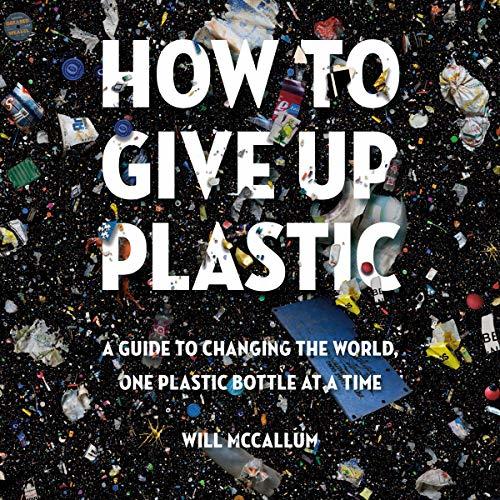
Not long ago, perhaps you remember, all the world was shock over how harmful straws were for marine life. Little did we know that straws were only the tip of the iceberg on this serious environmental issue. Plastic pollution in the ocean is a fact and it has been seriously affecting the marine ecosystems all the world over. However, there are many things we can do about it. Please, read about ocean plastic pollution and all you should know about it.
Before we jump into facts and statistics for you to spread the word and start taking action, personally I'd like to make clear that we are not here disregarding the huge responsibility that companies and industries have in provoking extreme negative impact on different ecosystems by means of the irresponsible use of natural resources along with a complete lack of environmental policies. This article will be more oriented, however, to give you some insight on the matter of plastic pollution along with data and statistics.
Plastic must be one of the most abundant synthetic organic polymers in modern day life. The thing is, plastic derives from petroleum which provides this polymer with properties ideally suited for a wide range of applications including: building and construction, household and sports equipment, vehicles, electronics, packaging, and so on. According to studies, more than 300 million tons of plastic are produced every year, and half of this is used to create items and objects that cannot be recycled so easily or are biodegradable. Think of plastic bags, cups, straws, and many many more things that we use daily and we don't even notice. Even our toothbrushes are made of plastic.
An extra element to this problem is added when we think of how badly these single-use plastic items are discarded: most of them are not reused properly or taken to recycling spots and end up thrown in some garbage can. Unfortunately, plastic waste can seriously harm the environment and biodiversity around you... so next time bring your sustainable back to the market! There's always a place to start.
You may be interested in: How to use Less Plastic on our Daily Routine, 6 Items to Save the Planet

Whenever the issue of pollution is tackled, one is mostly impressed by the numbers. Because numbers can't lie so let's check some statistics about ocean plastic pollution:
Plastic debris account for 80% of all debris in the ocean. That's a really high percentage. From the surface to deep sea sediments, most of it is polluted with plastic. We've gotten so far with this that plastic debris are now found on the shores of every continent, especially accumulated near touristic points or more populated areas.
Scientific data shows that the volume of plastic that gets to the ocean and how slowly it degrades is perhaps the key to this environmental disaster..The list of the 10 plastics includes: food containers and wrappers, single-use bags, plastic bottles, plastic lids and fishing gear, all of them high pollutants and great threat to marine life.
As you may have figured already, the main source of ocean plastic pollution is land-based plastic waste, that is plastic waste produced by human activities. Mundane, daily human activities that involve the unnecessary use of a huge volume of plastic.
As plastic doesn't biodegrade, it accumulates instead. It's not uncommon to see this picture over the shores of the most touristic beaches. As plastic accumulates and the sun hits directly into it, plastic can break down into really small pieces called microplastics (smaller than 5 mm) or nanoplastics (smaller than 100 nm). Whatever the size, it's not easy for any marine organism to tell if that's real food or plastic, so off it goes into their stomachs, causing a lot of damage to marine biodiversity.

It's important to mention that there exist international legal framework that addresses the issue of marine biodiversity and ocean plastic pollution, so efforts should be made to reinforce the application of this laws and regulations.
This being said, when it comes to us, we can contribute enormously from the comfort of our own homes to reducing the alarming rising figures projected for the near future. But we have to start now. In this sense, regional and national governments should also explore national legislative frameworks for whom is t be held accountable when it comes to damaging the environment. Alongside, the concept of circular economies is being adopted all the world over, and that's very good. But extra work is what is needed.
It would be ideal that governments, research institutions and industries could work collaboratively with the aim of redesigning products, and reconsidering the appropriate recycling process for already existing plastic and transform it into raw material for petroleum-based items. And we have some very good news about it because -currently- there are many industries already working with recycled plastic as their raw material.
As regards consumers and society, an immediate change in our consumption habits is mandatory. We have to (try and) turn to more sustainable and eco-friendly alternatives when it comes to daily habits. You can start with the basics, like bringing your own coffee cup to the office instead of using the usually available plastic ones.
Now, if we lit the fire that we hope we lit, you'll want to know more about all this very urging environmental issue, and most importantly, you'll want to take action and spread the word A must read book in this sense is How to Give Up Plastic: A Guide to Changing the World, One Plastic Bottle at a Time, an accessible guide and book against plastic use to know about the changes we can all make - small and large - to make disposable plastic disappear from our daily lives and therefore let the world's oceans be cleaned up. Let's take a closer look at it!

How to Give Up Plastic is written by Greenpeace activist Will McCallum and it's a pretty straightforward and concrete guide to getting rid of plastic in your life, FOREVER. A pretty nice book against plastic.
A number of plastic-free, sustainable alternatives to plastic are presented for virtually any plastic item you may use in the workplace or at home .
This is also a guide with a lot of facts and statistics alongside with stories and anecdotes from activists fighting ocean plastic pollution.
This can give you a platform to spread the word in your community or maybe address some local businesses and governments so that they can commit to reduce the of use of plastic. Say bye to plastic for good with this excellent book! Buy on Amazon
Let's just recap a little... ocean plastic pollution is a thing and a pretty serious one because the high percentage of plastic debris in the seas all the world over is altering the lifecycles of all sea life. But fortunately, there is still something that can be done, so we need to take action now! Don't forget you can fully inform yourself with How to Give Up Plastic , a complete guide and a book against plastic use by Greenpeace activist Will McCallum.
In case you want to know more tips to get into more sustainable habits at home, please check How to Design a Sustainable Home? 50 Easy Sustainable Home Tips! See you next time, warrior!